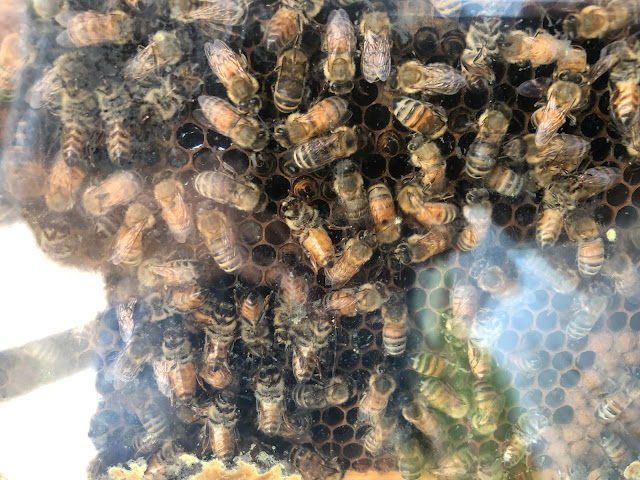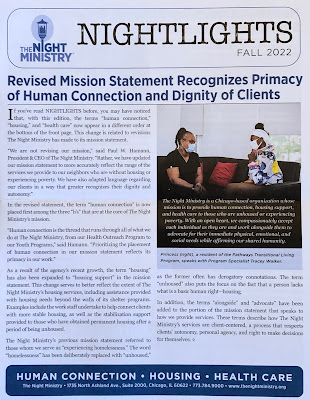 |
| Sinclair Lewis in a Chicago hotel room in 1922. |
In professional journalism, the story you set out to tell sometimes is not the story you end up writing. You pull a thread thinking it will take you here, and it ends there instead.
For instance. Thursday is the 100th anniversary of the publication of “Babbitt,’ by Sinclair Lewis, and, in that direct, plodding, linear way of mine, I thought that called for a column about the 1922 novel.
My education being as flawed as the next guy’s, I had never read “Babbitt” or anything else written by Lewis, my sole interaction with the first American winner of the Nobel Prize in Literature being a lifelong struggle not to confuse him with Upton Sinclair, author of “The Jungle,” which I did read. (Mnemonic device: Up is how you want to throw after reading about Chicago meatpacking in “The Jungle.”)
I did know that “babbitt,” lowercase b, has entered the language describing, as Webster’s puts it, “a business or professional man who conforms unthinkingly to prevailing middle-class standards.” Which was criticism in 1922 but a century later, with society fracturing and half the individuals pursuing some insane conspiracy theory or cracked cult, now seems like a Lost Eden. At least Babbitt cared what others thought.
The novel isn’t bad. George Babbitt is an unscrupulous real estate agent with overwhelming yearnings for social approval. We meet his dull wife, restless daughters and mechanically-inclined son. I would recommend it wholeheartedly but, alas, jumped the gun and finished it months ago. Giving me time to proceed to “Main Street,” Lewis’ 1920 best-seller, a superior book, given the strength of its main character, Carol Kennicott, married to a doctor in small town Gopher Prairie, which she becomes increasingly desperate to escape. Kennicott is to Babbitt as a CGI dinosaur is to a wooden marionette.
The novel isn’t bad. George Babbitt is an unscrupulous real estate agent with overwhelming yearnings for social approval. We meet his dull wife, restless daughters and mechanically-inclined son. I would recommend it wholeheartedly but, alas, jumped the gun and finished it months ago. Giving me time to proceed to “Main Street,” Lewis’ 1920 best-seller, a superior book, given the strength of its main character, Carol Kennicott, married to a doctor in small town Gopher Prairie, which she becomes increasingly desperate to escape. Kennicott is to Babbitt as a CGI dinosaur is to a wooden marionette.
To continue reading, click here.










